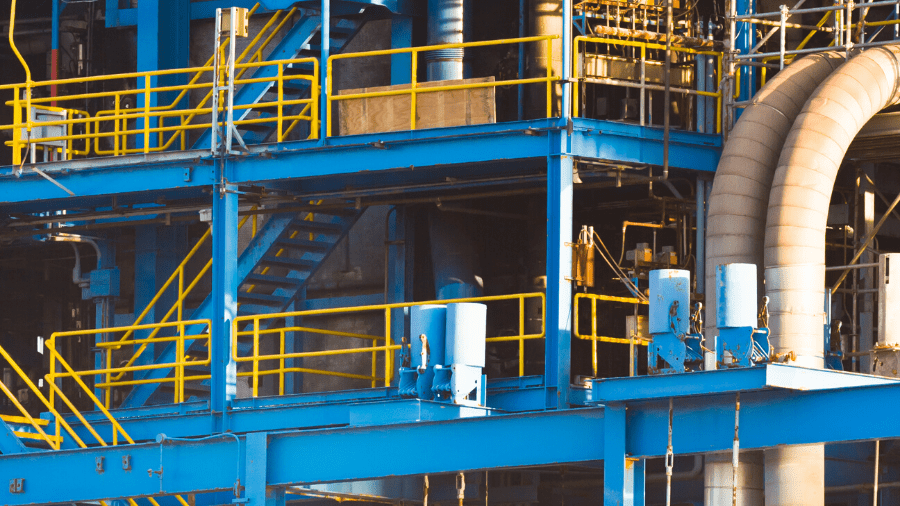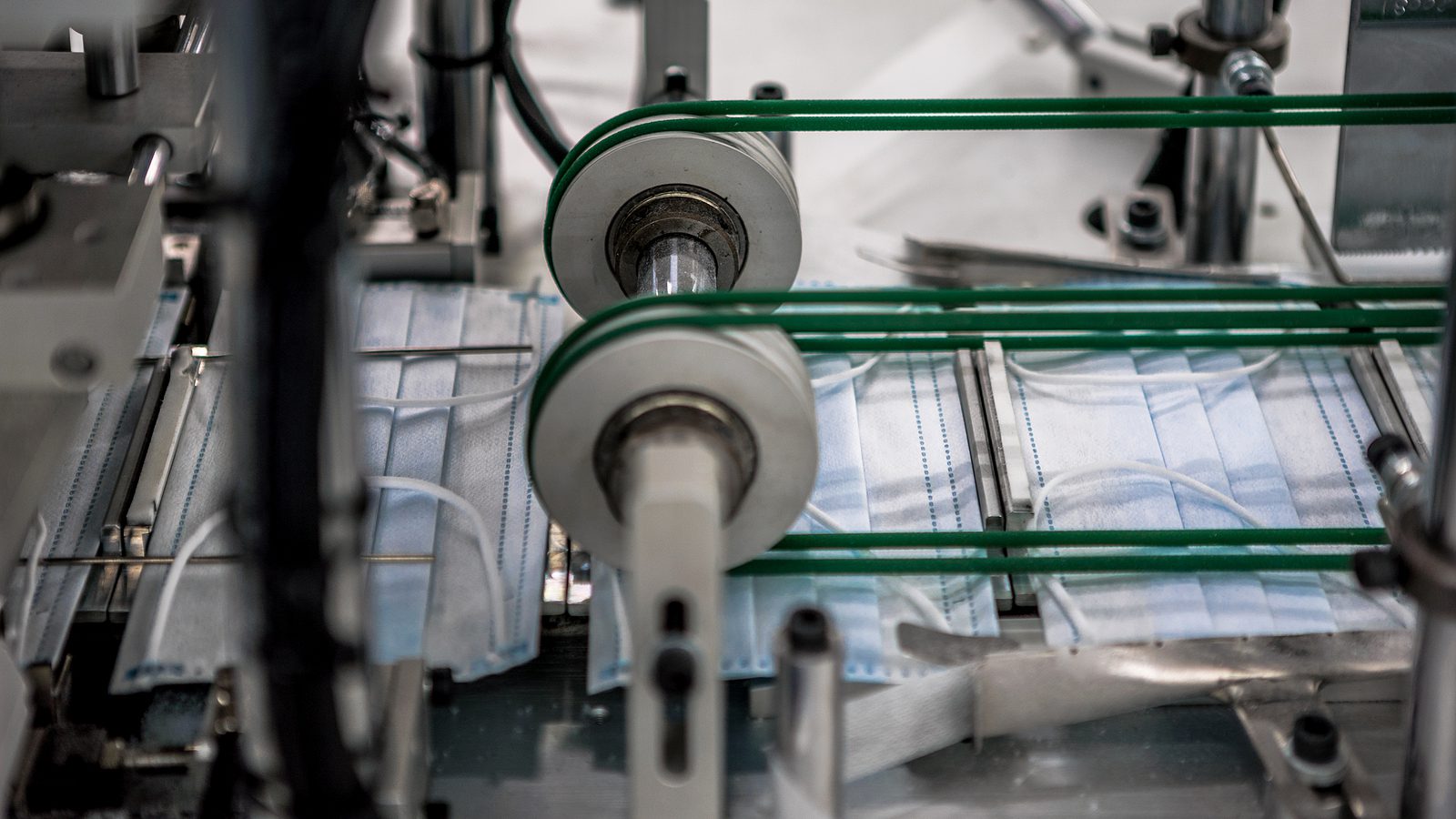By Laser 1 Technologies
The 5s System Of Manufacturing
Every manufacturer is constantly seeking to increase efficiency in service of the bottom line. Every percentage point of improvement in terms of time, materials and equipment translates into reduced costs, and potentially greater profit, volume or both. What’s not to love?
While honing efficiency does require an investment of time, money and effort, the ROI over time makes it worth doing.
Lean manufacturing is one very potent expression of such an effort. Simply put, lean manufacturing means optimizing processes, eliminating waste, optimizing processes and trimming costs with all tools at hand, including process improvement and data gathering.
Japanese manufacturing culture has had a huge impact on factory efficiency, and much of it can be traced to post-war Japan, where Toyota strategically developed manufacturing methodologies that eventually spread around the globe. Remember the incredible, influential economic boom that Japan led in the 80’s? It can largely be credited to implementation of just-in-time manufacturing, lean manufacturing and the 5S system.
What Is the 5S System of Manufacturing?
5S is disarmingly simple, when you break it down. Its goal is to improve workplace function by making it an easier place to work. To achieve this, the improvement team casts a critical eye on every element of the manufacturing line. After evaluating the existing set-up and the flow of work, they make changes so the spaces all make sense; they place tools and materials logically based on who needs them and how often; they cultivate organization and cleaning as central habits, not afterthoughts or quarterly endeavors. It’s the result of observing, analyzing, and collaborating, as well as identifying and removing waste.
There’s also a powerful visual component to 5S. A visual management system is imposed, relying on tools ranging from floor tape to extensive signage to operations manuals.
What Are the 5 S’s?
The five steps are Sort, Set in Order, Shine, Standardize, and Sustain, and those five steps originated in five Japanese words of parallel meaning. Some people promote the addition of a sixth S, Safety. Others maintain that when the first five S’s are placed in motion, Safety results organically.
Briefly, enacting 5S means going through all items in a workspace, removing what’s superfluous, organizing what remains, cleaning, and performing maintenance. Once this is accomplished, routines to Sustain ensure that this order remains, and indeed is improved upon. Ultimately, these steps are all integrated as daily, ever-present habits.
The visual cues help processes to proceed smoothly, materials to be used efficiently, and problems to be apparent immediately.
The 5S System, Step by Step
Here are the five steps, in brief terms.
Sort: Go through all materials and tools, discarding or relocating anything that is not essential to complete tasks.
Set in order: Reduce friction in the flow of work by placing all tools and materials in a logical, ergonomic way, with clear organization and labeling.
Shine: Enact routines to keep the workplace orderly and tidy, and keep machinery and tools maintained.
Standardize: Set standards and create instructions. This is where charts, labels, lists, floor tape, and signage come into play.
Sustain: Develop the habits necessary to maintain the first four steps.
While 5S is simple on the surface, it takes great commitment from every layer of the company. For a successful transition, involving and empowering employees from day one is critical, as is keeping them involved in assessment, evaluation and changes.




